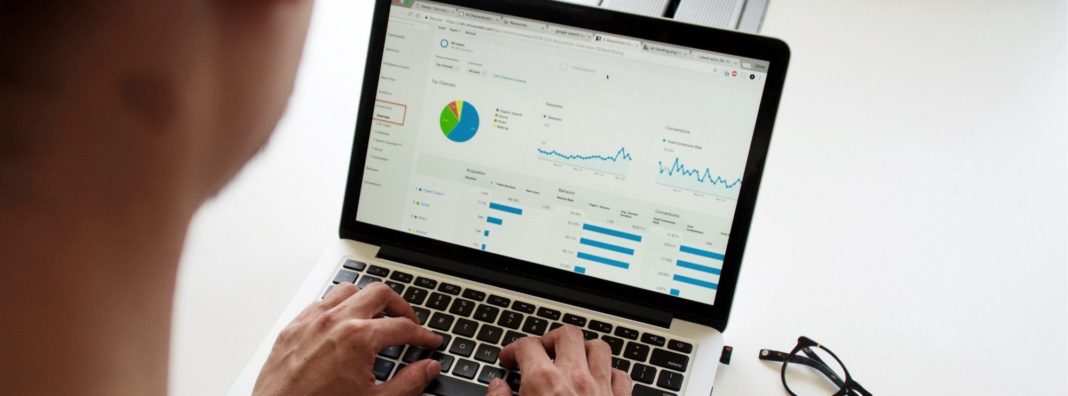
A recent paper published in the American Economic Review has reignited interest in data property rights. In “Nonrivalry and the Economics of Data,” economists Charles I. Jones and Christopher Tonetti generate insights on data property regimes by beginning first with a simple model of data. After articulating the idea within a model of the economy, the authors can conclude, “Giving data property rights to consumers can generate allocations that are close to optimal.” These conclusions hinge on how the authors define both data and rivalry.
Jones and Tonetti are upfront in their goals in that the “paper develops a theoretical framework to study the economics of data.” Continuing, they write, “the starting point for our analysis is the observation that data is nonrival. That is, at a technological level, data is infinitely usable.”
The concept of rivalrous goods was first laid out by Vincent Ostrom and Elinor Ostrom in a book chapter titled, “Public Goods and Public Choices.” Previous to this work, economists like Samuelson and Musgrave emphasized exclusion. Where individuals could be excluded from using a good, those goods were considered private goods, while everything else was considered a public good. Radio and TV stations were the classic examples used to understand these public goods.
The Ostroms added another dimension to public goods by introducing the concept of subtractability. Now often referred to as rivalry, subtractability describes goods where one person’s use subtracts from or prevents the use of that good by another. The following two by two square that resulted from the Ostrom’s work is a common method of understanding goods today.
Source: Living Economics
The ultimate aim of the Ostroms was to cleave public goods into two parts to study their differences. Non-rivalrous public goods like over-the-air TV were bifurcated from their rivalrous common pool counterparts like fisheries and access to water supplies. Elinor Ostrom ultimately received the Nobel in economics for her subsequent work on the governance of common pool resources.
The concept of rivalry has been foundational to information economics, but there are still problems in translation. While the Ostroms used the concept as an organizing principle, Jones and Tonetti built the idea into the core of their economic world. First, they make a distinction between information and data:
“Following Romer (1990), an idea is a piece of information that is a set of instructions for making an economic good, which may include other ideas. Data denotes the remaining forms of information. It includes things like driving data, medical records, and location data that are not themselves instructions for making a good but that may still be useful in the production process, including in producing new ideas. An idea is a production function whereas data is a factor of production.”
More data eventually leads to productive ideas, which is captured in the production of a firm. The relationship between information and data is key since Jones and Tonetti’s model has a novel addition that allows for firms to incorporate data from other sources to increase their own productivity. As they explain it, “Tesla learns from the customers of Uber and Waymo as well as from its own customers. In this case, there is an additional scale effect: the more firms there are in the economy, the more data is created, so the more Tesla is able to learn, which raises Tesla’s productivity.”
However, the model falls apart if there is no scale effect associated with this transferred data, such that “each firm learns only from its own consumers.” To continue the example offered in the paper, Tesla’s data structure might be built in such a unique way that data from Uber and Waymo are simply not useful. If this were the case, then this term in their model would hit zero and make the entire function undefined.
Taken as a whole, Jones and Tonetti claim to be modeling nonrivalry in data, but they are actually modeling the specificity of data. As economist Benjamin Klein defined the term, specific assets are assets that have a significantly higher value within a particular transacting relationship like a company than outside the relationship. For Jones and Tonetti, data is understood to be a radically non-specific asset where massive data sets easily yield more output. This model primitive is important. If firms are unlikely to learn productive insights from the data of others, then “there is no scale effect associated with data” and policy regimes to expand data access through property rights would be nullified.
In practice, data doesn’t transfer easily. In one of the few surveys on this topic, Gabriel Nicholas and Michael Weinberg at the NYU School of Law asked a range of people, from junior engineers to serial C-level executives, how they would use exported Facebook data to build new products to compete with the company. In summarizing their findings, they wrote, “trying to use exported user data to reproduce Facebook would be like trying to use furniture to reproduce the office building it came from.” Nicholas and Weinberg continue, “Ported data is simultaneously insufficient to replicate Facebook and too tailored to Facebook to be useful for much else.”
The bankruptcy proceedings for Caesars Entertainment, a subsidiary of the larger casino company, offers another example of asset specificity in data. As the assets were being priced in the selloff, the Total Rewards customer loyalty program got valued by assessors at nearly $1 billion, making it “the most valuable asset in the bitter bankruptcy feud at Caesars Entertainment Corp.” But the ombudsman’s report understood that it would be a tough sell because of the difficulties in incorporating it into another company’s loyalty program. Although it was Caesars’ most valuable asset, its worth to an outside party remained an open question.
Again undercutting the Jones and Tonetti model, there are many cases where firms are unable to transition to a production process that incorporates advanced data analytics. As I noted in a previous Benchmark post,
“Firms struggle to keep up because it is costly to transition to new production processes that use robotics or insights derived from advanced data analytics. These switchover costs can sometimes be insurmountable. Survey after survey finds that technology upgrade projects offer businesses little or no advantage. Surveying a wide range of these reports, IBM found that 25 percent of technology projects fail outright, while another 20 to 25 percent don’t show any return on investment, with the final 50 percent needing massive reworking before being finished.”
For many firms, then, there is no scale effect with data. Many companies today aren’t even capable of incorporating insights from their own data, let alone another company. A more permissive data-sharing regime won’t do much to solve this endemic hurdle.
This paper from Jones and Tonetti exemplifies the cutting edge of economic research in information. Like all research, however, it needs contextualization. The way data rivalry is defined and is then made into a model fails to capture the complexity of the real world. As such, attentive readers should be skeptical of the authors’ policy prescriptions. Data transferability is complex and public policy proposals need to take into account that complexity by avoiding simple models of a complex world.

